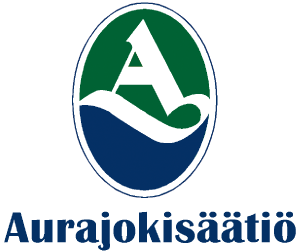History of the Aura River
The Aura River has been a vital artery of life and culture for thousands of years, connecting six municipalities along its banks: Oripää, Pöytyä, Aura, Lieto, Kaarina, and Turku. The boundaries of these municipalities have changed over time, but the river has always been central to human settlement. This 70-kilometer-long river is not only a natural formation but also a significant part of the region's history, economy, and identity.
Oripää, Pöytyä, and Aura – River Origins and Agricultural Landscapes
In Oripää, the roots of the Aura River trace back to the harsh but fertile countryside, where the river has shaped the land and provided vitality for agriculture. In Pöytyä and Aura, the river's surroundings have served as farmland, bringing people together through trade and community life. In these areas, the river’s significance was especially great in medieval ecclesiastical and market events.
Lieto – History and Medieval Cultural Landscapes
Historically, the Aura River has been a vital waterway that enabled flourishing trade routes and cultural exchange from the Middle Ages onward. Meanwhile, the town of Lieto has grown into an important cultural and economic center, where the traditions of the past intertwine with present-day development, creating a unique bridge between history and modernity.
In Lieto, you can explore the history of the Aura River at places like the Nautelankoski Museum and the Liedon Vanhalinna.
Kaarina and Turku
In Kaarina and Turku, the river has been an important transportation route and harbor location. The historical Kaarina area, which covers a large part of the Aura River's catchment area, saw the settlement of Kaarina residents as the land rose due to post-glacial rebound. At the mouth of the river, Turku Castle was built, and gradually, Finland's first city, Turku, was established. In Turku, the Aura River is literally the heart of the city. The power of the Halistenkoski rapids was also harnessed for the development of industry in Turku, and the river has continuously served as a meeting point for city dwellers and a stage for cultural events.
The Aura River remains a crucial place for the interaction between nature and humans. Its banks, lined with recreational paths and cultural attractions, draw both residents and visitors. The river serves as a reminder of the layers of history and how caring for natural resources is vital for future identity.
